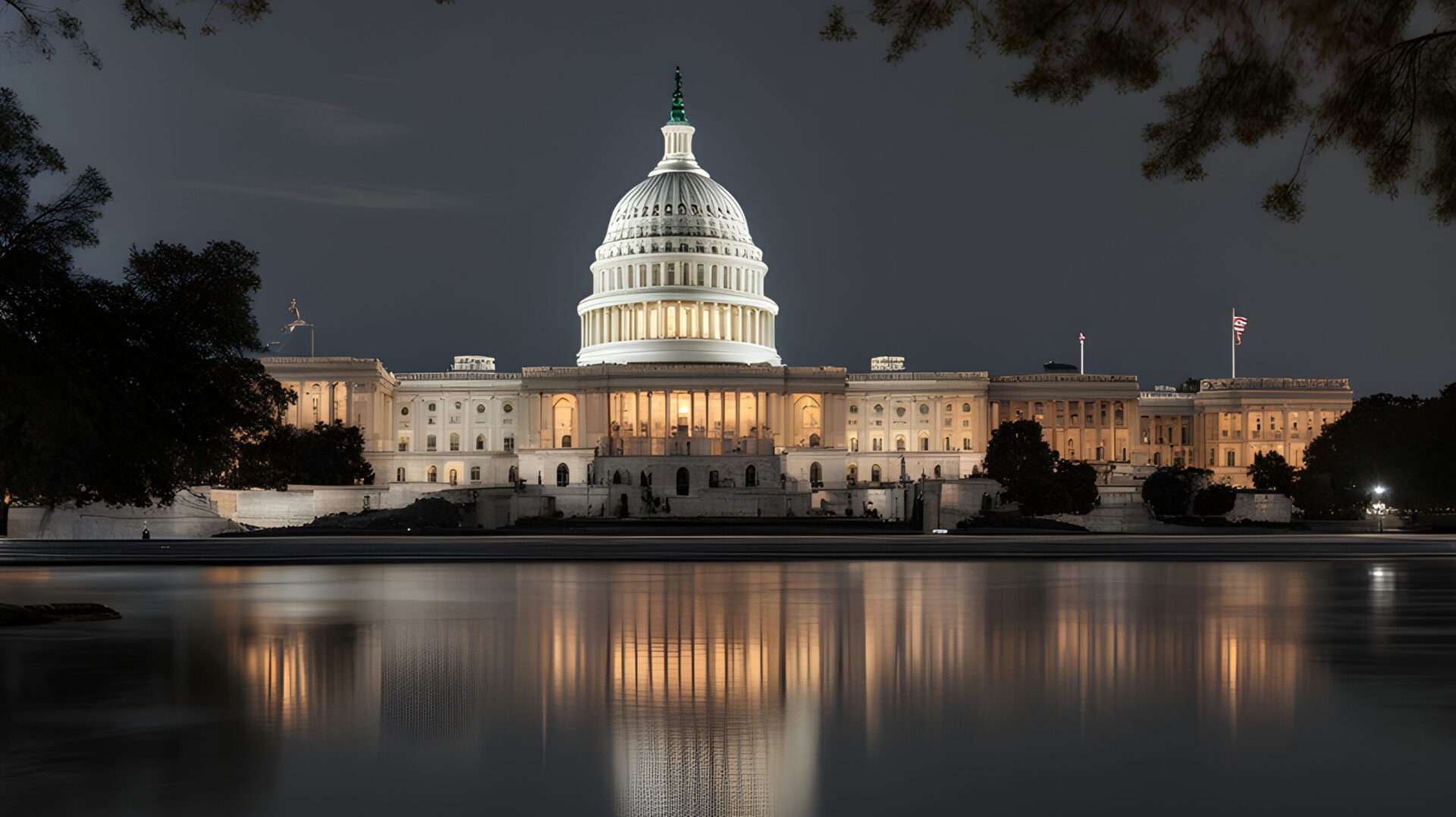Note: Political Awareness never authorizes any candidate or their committees to publish its communication.
Climate Change Governance in 2025
Climate change remains the most pressing global challenge for 2025. The effectiveness of the international response depends heavily on coordinated leadership and adequate funding for forecasting agencies.
U.S. policy shifts – In early 2024 the United States reduced staffing and budget for the National Oceanic and Atmospheric Administration (NOAA) and the National Weather Service, and withdrew from the Paris Agreement. These actions have limited the country’s capacity to contribute to global climate modeling and to fund adaptation projects in developing nations.
Implications for disaster response – Reduced resources for meteorological services can impair storm‑track forecasts, which in turn affects emergency planning in regions prone to hurricanes, such as the Caribbean and Gulf Coast. The 2024 Texas floods, which caused over 100 fatalities, illustrate how diminished forecasting capacity can exacerbate human losses.
Takeaway: Strengthening multinational climate governance and restoring funding for weather services are essential to mitigate the risks associated with extreme weather events in 2025 and beyond.
2. Food‑Security Assistance from Developed Nations
Food insecurity persists in many low‑income countries. Targeted assistance from economically developed nations can address immediate needs while building longer‑term resilience.
Redistribution of surplus food – Donating safe, unsold agricultural products reduces waste and supplies nutritious calories to vulnerable populations.
Establishment of food banks – Partnering with local NGOs to create storage and distribution hubs improves access to staple foods in remote areas.
Support for agricultural development – Providing technical training, seeds, and equipment helps smallholder farmers increase productivity and achieve greater self‑sufficiency.
These measures complement existing humanitarian food‑aid programs and can foster stronger diplomatic ties between donor and recipient countries.
3. Prospects for the European Union
The European Union (EU) continues to expand its political and economic influence. Since its first enlargement in 1993, the bloc now comprises 27 member states.
Potential enlargement – While the United Kingdom formally left the EU in 2020, ongoing negotiations on trade and regulatory alignment keep the possibility of future cooperation open. No formal re‑accession process exists at present.
Internal challenges – Recent electoral gains by far‑right parties in several member states and geopolitical pressures from the Russia‑Ukraine conflict pose risks to cohesion. Nevertheless, institutional mechanisms such as the European Court of Justice and the European Parliament provide checks that have historically helped preserve stability.
Overall, the EU is likely to remain a central actor in European affairs, though its trajectory will depend on how member states manage divergent domestic politics.
4. The Role of the United Nations
The United Nations (UN) retains a unique mandate to facilitate multilateral cooperation, yet its capacity to enforce resolutions is limited.
Legislative function – The General Assembly and Security Council serve as forums for negotiating international norms, but consensus is often difficult to achieve, especially when major powers hold veto power.
Humanitarian response – In crises such as the Gaza conflict, the UN has successfully passed resolutions authorizing humanitarian‑aid deliveries, even when political disagreements persist.
Peace‑keeping and enforcement – While the UN excels at convening diplomatic dialogue, its peace‑keeping missions rely on member‑state contributions, which can constrain rapid deployment and effectiveness.
Reforming decision‑making procedures and enhancing resource commitments could improve the UN’s ability to address both large‑scale and localized conflicts.
5. Rethinking Economic Indicators
Gross Domestic Product (GDP) alone does not capture societal well‑being. A more holistic metric could combine traditional economic output with social and environmental dimensions.
Core components – Retain GDP per capita to reflect average income but supplement it with the Human Development Index (HDI) to account for health, education, and life expectancy.
Additional layers – Incorporate sustainability indicators (e.g., carbon intensity) and social‑well‑being measures (e.g., access to affordable housing).
Participatory design – Engage citizens through surveys and public forums to identify locally relevant priorities, ensuring the metric reflects community values.
Such a composite index would provide policymakers with a broader view of development progress.
6. Emerging Global Powers
Both China and India are projected to increase their influence in the international system during the coming decades.
China – Continues to be a leading global investor, a major creditor to developing economies, and a dominant player in clean‑energy technologies such as electric vehicles. Its Belt‑and‑Road Initiative further extends economic ties across Asia, Africa, and Latin America.
India – Possesses a rapidly expanding middle class, a diversified manufacturing sector, and a strategic position that balances relations with both Western and Eastern blocs. Membership in the G20 and active participation in UN peace‑keeping operations underscore its growing diplomatic weight.
While neither country is expected to replace the United States as the sole global hegemon, both are likely to assume more prominent roles in shaping international economic and security architectures.

Leave a Reply